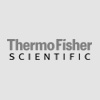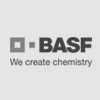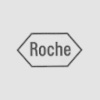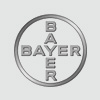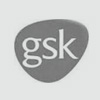Electron Microscopy - Samples for Quantitation
In conjunction with negative staining techniques, biological specimens in suspension can also be prepared for quantitation and counting, using a variation of normal negative staining techniques. Virus particles, protein particles, vaccine carriers, and other biological specimens can be counted and calculated to provide investigators with additional information regarding the number of biological specimens, per milliliter, that are present in suspension samples.
Using this technique, an equal volume of the virus or other specimen suspension and a stock latex sphere solution are mixed together and applied directly to a formvar carbon-coated grid. The mixture is stained with the appropriate negative stain and examined at high magnifications in the transmission electron microscope.
The sample is thoroughly examined at high magnifications and virus particles or other specimens and latex spheres are enumerated from different areas of the grids. At high magnifications, the latex spheres and biological specimens can easily be distinguished from cellular and proteinaceous debris, making enumeration very accurate.
Virus particles or other specimens and latex spheres are enumerated, at high magnifications, until at least 1000 latex spheres have been counted. Because the exact concentration of the stock latex spheres is known, ratio formulas are used to determine the number of biological specimens, per milliliter, from the original sample. The final particle count for each sample is provided and accompanied by a precise, interpretive report summarizing the details of the sample and methods employed. At the request of the investigator, representative high magnification micrographs can be taken of the sample.
Service includes:
Sample preparation using client-supplied cell supernatants. Each sample will be mixed with a known volume of latex spheres, and the sample/latex mixture will be prepared using 200 mesh formvar/carbon coated grids.
Two grids per sample will be prepared and stained. At least five different areas per grid, per sample, will be examined. Latex spheres and virus-like particles will be enumerated during sample examination.
Final results include one to three representative electron micrographs, and a final report documenting the virus particle count per ml, sample observations, and materials and methods. Included is a CD containing the digital images of the samples, as well as the original negatives.
This email address is being protected from spambots. You need JavaScript enabled to view it.
See Electron Microscopy - Samples in Suspension for demo sample report


